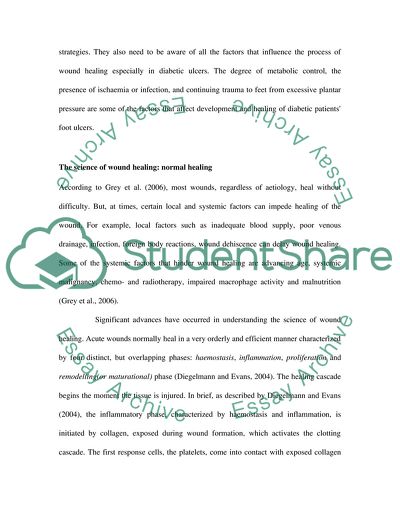Cite this document
(Diabetes Leading to an Extension of the Inflammatory Stage of Repair Coursework, n.d.)
Diabetes Leading to an Extension of the Inflammatory Stage of Repair Coursework. Retrieved from https://studentshare.org/health-sciences-medicine/1719383-a-critical-review-of-diabetes-leading-to-an-extension-of-the-inflammatory-stage-of-repair-thus-contributing-to-a-delay-in-the-healing-process
Diabetes Leading to an Extension of the Inflammatory Stage of Repair Coursework. Retrieved from https://studentshare.org/health-sciences-medicine/1719383-a-critical-review-of-diabetes-leading-to-an-extension-of-the-inflammatory-stage-of-repair-thus-contributing-to-a-delay-in-the-healing-process
(Diabetes Leading to an Extension of the Inflammatory Stage of Repair Coursework)
Diabetes Leading to an Extension of the Inflammatory Stage of Repair Coursework. https://studentshare.org/health-sciences-medicine/1719383-a-critical-review-of-diabetes-leading-to-an-extension-of-the-inflammatory-stage-of-repair-thus-contributing-to-a-delay-in-the-healing-process.
Diabetes Leading to an Extension of the Inflammatory Stage of Repair Coursework. https://studentshare.org/health-sciences-medicine/1719383-a-critical-review-of-diabetes-leading-to-an-extension-of-the-inflammatory-stage-of-repair-thus-contributing-to-a-delay-in-the-healing-process.
“Diabetes Leading to an Extension of the Inflammatory Stage of Repair Coursework”. https://studentshare.org/health-sciences-medicine/1719383-a-critical-review-of-diabetes-leading-to-an-extension-of-the-inflammatory-stage-of-repair-thus-contributing-to-a-delay-in-the-healing-process.


